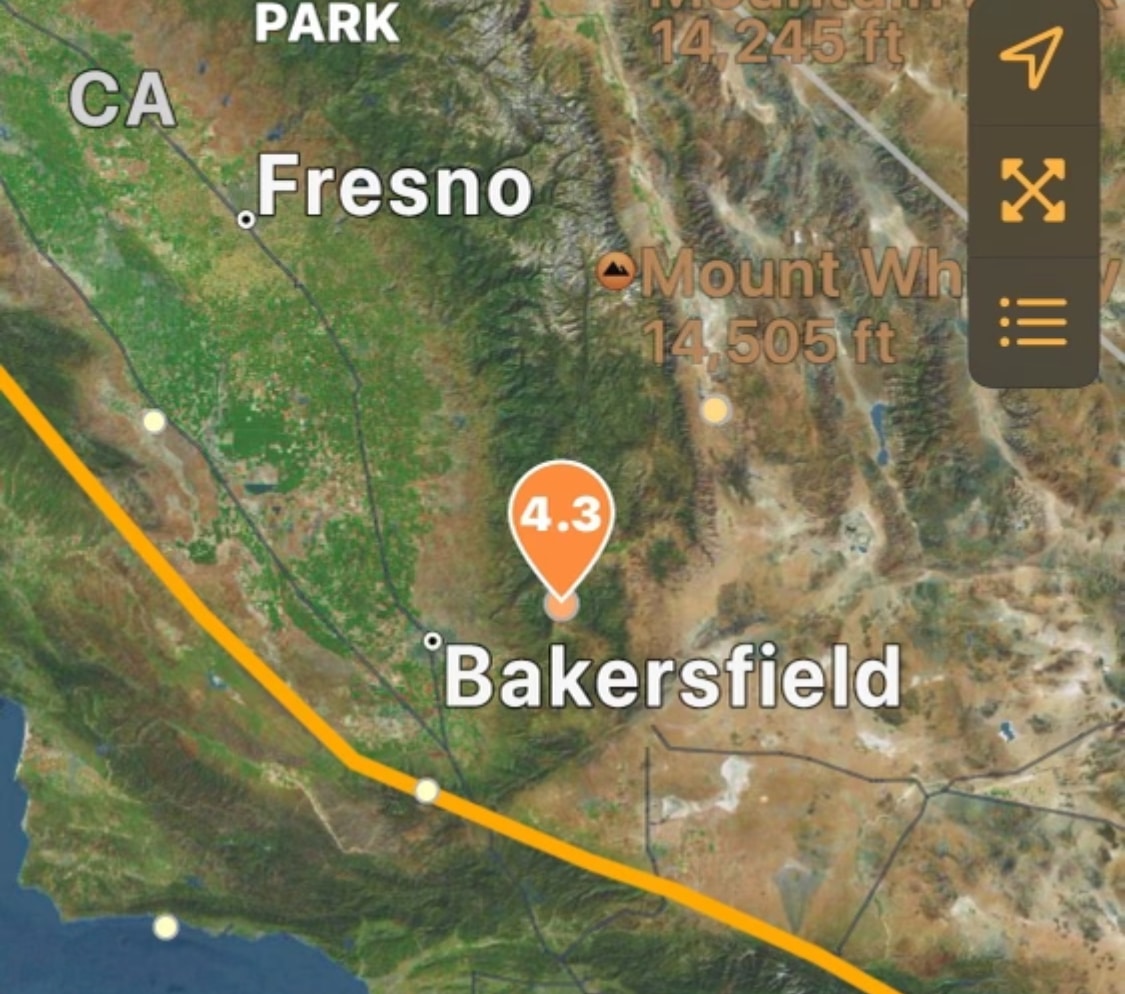(Chron) – On Dec. 18, the world learned that Breakthrough Listen, a privately funded search for extraterrestrial intelligence, had found its first official candidate signal.
The signal’s existence lit up the Internet. Was BLC-1, as it’s called, finally our moment of contact? Breakthrough Listen, scientists, now hard at work on a paper about their findings, were quick to explain that the answer was probably “no”: Given the wealth of human-made radio signal interference out there, BLC-1 will probably turn out to be of human origin. Their preliminary conclusion, however, does not defuse the excitement of BLC-1.
The fact that there’s a candidate at all is cause for celebration. That’s because something remarkable is happening in the science of life and intelligence beyond Earth. The age of “technosignatures” is dawning. Many people have the romantic notion that astronomers huddle over their telescopes every night and scan the skies looking for signals from distant, alien civilizations.
That, unfortunately, just ain’t happening. Though the Search for Extraterrestrial Intelligence (SETI) began more than 60 years ago, there was never sufficient funding or telescope time available to make a dent in the effort. In the 1980s and 1990s, some in Congress cited public SETI funding (as little as it was) as a press-worthy example of wasteful spending.
Government support mostly dried up, leaving the field running on fumes. As Jason Wright and colleagues at Penn State have demonstrated, if the sky is an ocean that needs to be searched for life, so far astronomers have splashed around in just one hot-tub’s worth of water. The reason we have not found life elsewhere in the universe is simple: We haven’t really looked. READ MORE
















